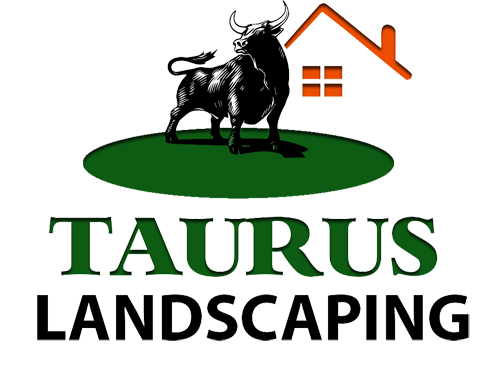Improper fertilizing, nutrient deficiencies, diseases and insects can all cause yellow grass. No matter the cause, yellow grass detracts from your home's appearance. Identifying and correcting the issue is essential to restoring your lawn's health and appearance any time of year. Intervention should begin as soon as you notice yellowing grass to stop the problem before it worsens. With the proper care and corrective measures, your lawn will return to a lush, green carpet of healthy grass to greet you and your visitors.
- Water your lawn as needed when rainfall isn't sufficient. Too much water washes out nutrients that can leave the grass malnourished and yellow. Too little water or uneven irrigation causes dry yellow spots. Irrigate the grass when the top 2 inches of soil become dry, applying 1 to 2 inches weekly. Water the grass deeply in one or two watering sessions each week rather than several shallow watering sessions.
- Fertilize your lawn if you notice the grass slowing in growth and changing to a lighter green angradually to yellow, which is often a sign of nitrogen deficiency. Apply a slow-release fertilizer for a continuous supply of nitrogen. Fertilize your lawn as needed based on the type, growing season and grass appearance. Grass is often fertilized in spring and fall, but a lawn care specialist or university extension office in your area can provide a customized fertilization schedule.
- Mow your lawn with a mulching mower. Leave the grass clippings in the lawn for additional nitrogen supplies that keep the lawn green. Mow the lawn frequently so the grass clippings are short enough to benefit the lawn without smothering the grass.
- Overseed warm-season grass lawns with a cool-season grass to balance out the growing season. Warm-season grasses go dormant and turn yellow when the temperature drops. Adding the cool-season grass seed reduces yellowing as winter approaches since those grass varieties retain their color in cooler temperatures.
- Add an iron supplement product designed for lawns if your grass shows signs of an iron deficiency. The yellowing due to insufficient iron is usually patchy and appears near concrete structures or in areas with alkaline soil. The veins of the grass blades typically stay green while the blades themselves turn yellow.
- Hose down the areas where pets urinate on the grass if the urine is causing yellow spots. The water washes away the urine, reducing the yellowing effects.
- Remove and replant yellow grass patches caused by physical damage, such as a chemical spill or scorching from a heat source. Add fresh soil and compost to the patch before reseeding or laying sod over the patch.
Things You Will Need
Fertilizer
Mulching mower
Grass seed
Iron supplement
Sod

